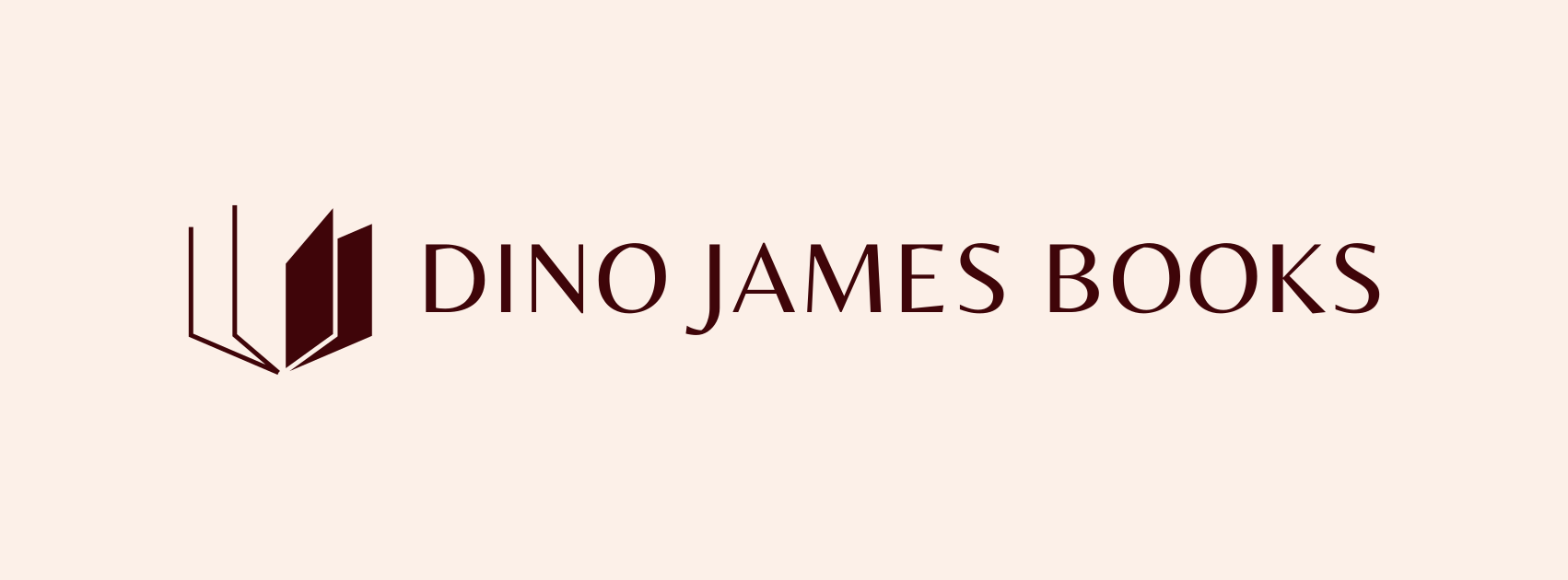Public education has long been one of America’s most vital democratic institutions—a great equalizer meant to give every child, regardless of background, a fair chance to succeed. It is where future citizens are shaped, critical thinking is fostered, and a shared civic identity is built. Yet today, that foundation is being deliberately weakened by an aggressive and well-funded push toward privatization.
The privatization agenda comes dressed in the language of “choice” and “innovation,” but beneath the surface lies a stark truth: it is about redirecting public funds into private hands. Charter schools, voucher programs, and for-profit education providers are rapidly expanding, siphoning off resources from traditional public schools while operating with far less transparency and accountability.
Supporters argue that privatization offers families better options. But the data tells a different story. Charter schools often cherry-pick students or force out those with special needs or behavioral challenges. Voucher programs divert money to religious and private institutions without improving overall outcomes. And for-profit schools are more interested in shareholder returns than student success. Meanwhile, public schools—especially in low-income neighborhoods—are left underfunded, overburdened, and blamed for systemic failures they didn’t create.
This is not school reform. It’s a slow dismantling of the very idea of public education.
When schools are forced to compete for funding like businesses in a marketplace, education becomes a commodity rather than a public good. The goal shifts from educating every child to maximizing performance metrics and appeasing donors or investors. Teachers are treated less like professionals and more like expendable labor. Arts, history, and civics are cut in favor of “testable” subjects. And in the process, we lose sight of what education is really for.
Worse still, this agenda often masquerades as civil rights advocacy. Politicians claim that privatization helps poor and minority students “escape failing schools,” but offer no plan for lifting up the schools they leave behind. The result is a two-tiered system: one well-funded and selective, the other left to struggle with fewer resources and greater challenges.
And let’s be clear: this isn’t just about education policy. It’s about political control.
Public schools are among the last remaining institutions where ordinary people—parents, teachers, school board members—have a voice. Privatization removes that power, placing decision-making in the hands of corporations, hedge funds, and unelected foundations. It severs the connection between schools and the communities they serve, making it harder to advocate for equity, inclusion, or curriculum that reflects shared values.
The long-term consequences are devastating. As inequality grows and social trust erodes, we need strong public schools more than ever. Yet by undermining them, we’re ensuring that only the wealthy will have access to quality education, while everyone else must settle for whatever remains. That’s not education reform—it’s educational apartheid.
But there is another path.
Across the country, teachers, parents, and students are pushing back. They’re demanding fair funding, community involvement, and a reinvestment in public education. They’re reminding policymakers that education is not a privilege to be purchased, but a right to be protected. Real reform means supporting teachers, repairing aging infrastructure, reducing class sizes, and ensuring every child—regardless of zip code—has access to a world-class education.
Because in the end, a democracy cannot survive without an educated citizenry. And an educated citizenry cannot be created through profit-driven systems that reward exclusion and inequity.

